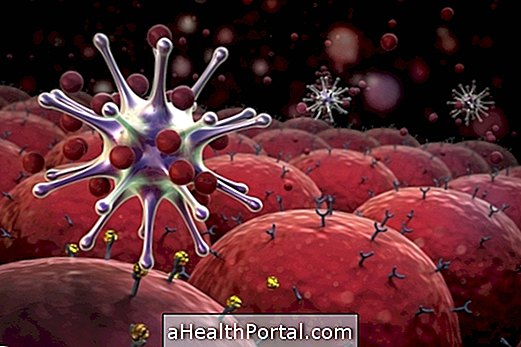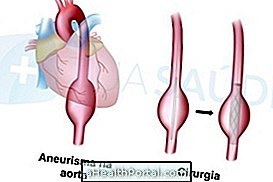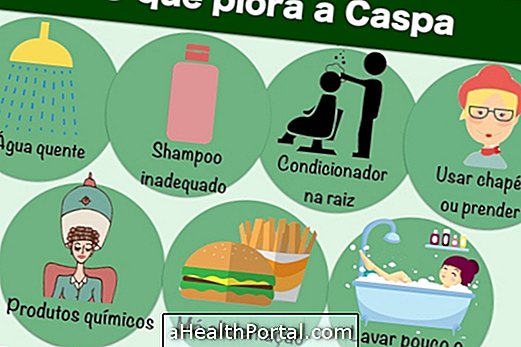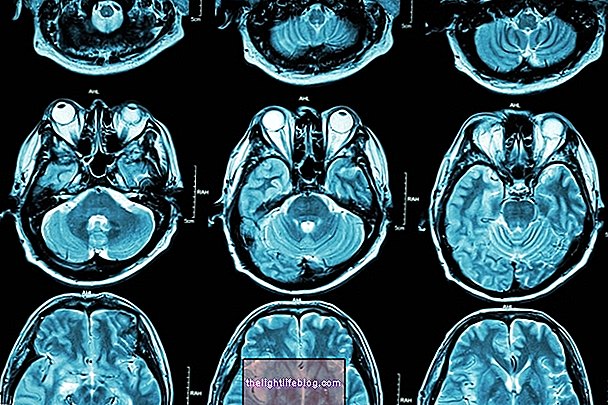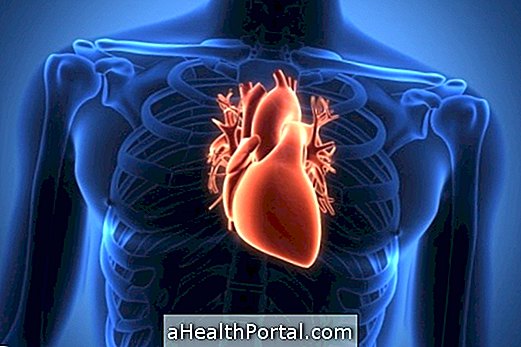Frequent eating disorders in childhood and adolescence are usually initiated as a reflection of an emotional problem, such as the loss of a relative, divorce from parents, lack of attention and even social pressure for the ideal body.
The main types of eating disorders in childhood and adolescence are:
- Anorexia nervosa - Corresponds to the refusal to eat, which compromises the physical and mental development, which can lead to death;
- Bulimia - Excessively eaten in an uncontrolled way, and then vomit itself as compensation, usually with fear of gaining weight;
- Eating Compulsion - There is no control over what you eat, you overeat without ever being satisfied, causing obesity;
- Selective Eating Disorder - When the child consumes only a very reduced variety of foods, even feeling sick and vomiting when he feels obliged to eat other foods. See more here and learn how to differentiate from children's tantrum.

Treatment of any eating disorder usually includes psychotherapy and nutritional monitoring. In some cases it is necessary to stay in specialized clinics and the use of medicines prescribed by the psychiatrist.
Some associations, such as the GENTA, Group specialized in Nutrition and Eating Disorders, informs where are the specialized clinics in each region of Brazil.
How to check if your child has an eating disorder?
It is possible to identify in childhood and adolescence some signs that may indicate an eating disorder, such as:
- Excessive preoccupation with weight and body image;
- Slimming or overweight;
- Make very strict diets;
- Prolonged fasting;
- Do not wear clothing that exposes the body;
- Always eat the same type of food;
- Often use the bathroom during and after meals;
- Avoid eating meals with family;
- Doing too much exercise.
It is critical that parents pay attention to their children's behaviors, as isolation, anxiety, depression, aggression, stress, and mood swings are common in children and adolescents with eating disorders.

